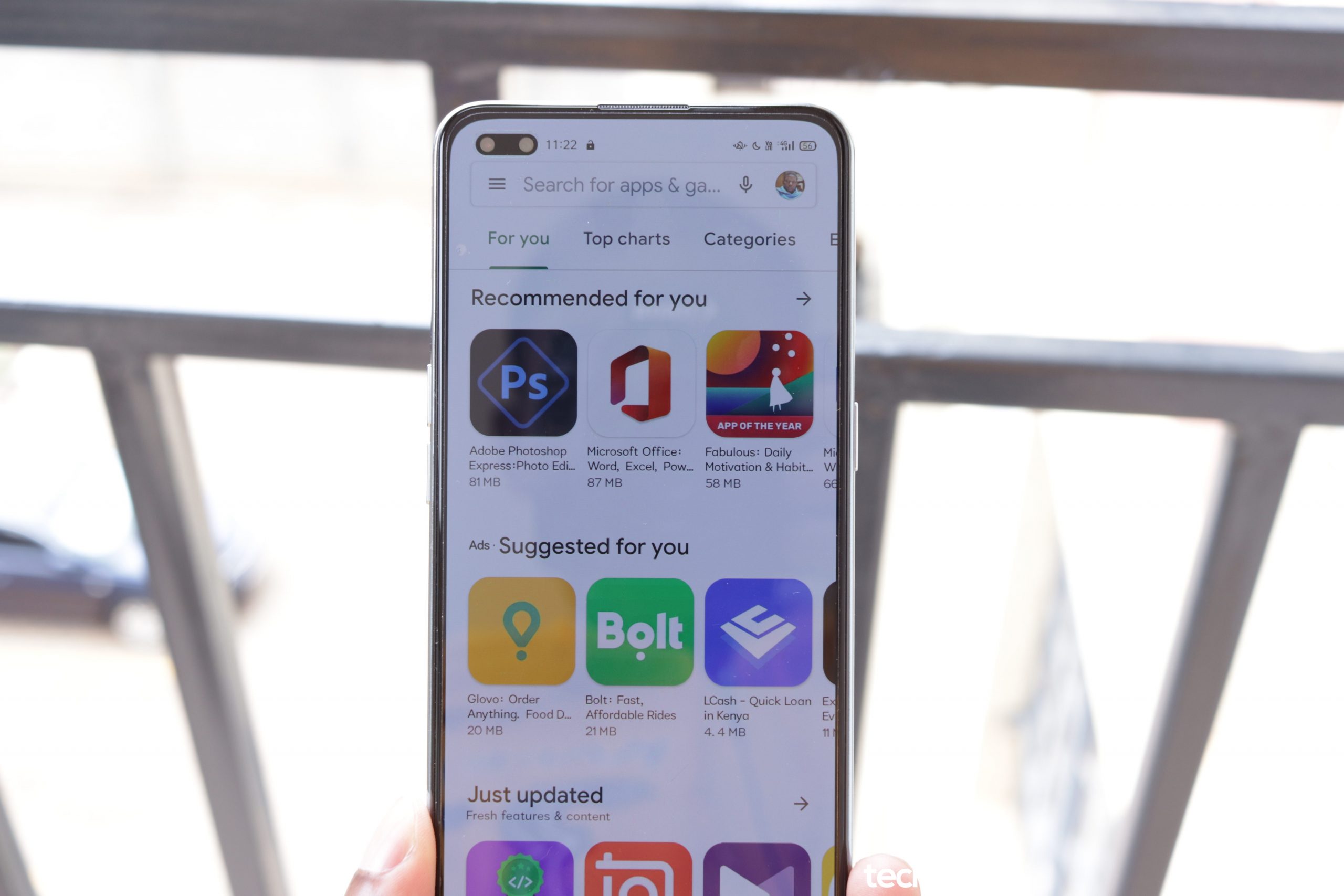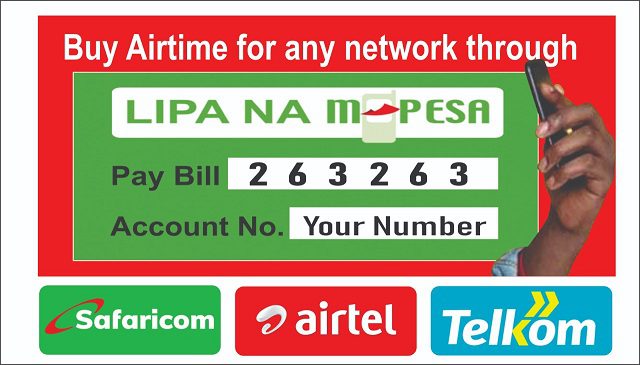Amazon is the world’s largest online marketplace, catering to a growing audience of both brands and buyers. The Amazon advertising platform has always sought to help sellers achieve the results they want from their online presence, and with a new range of tools, they are continuing to develop this user-friendly reputation.
Throughout the last year alone, there have been many changes, new additions and updates to existing tools, which gives advertisers plenty to discover. This investment has undoubtedly paid off, with brands large and small widely reported to be switching their budgets from traditional PPC solutions such as Google across to Amazon.
The platform is now a force to be reckoned with, rivalling that of Google’s own Ads console and offering advertisers a vast selection of tools which help to maximize campaign effectiveness and give brands the best chance of success. With a solid Amazon business strategy there is a lot of money to be made.
One of the most popular new tools is dynamic bidding, which we will explore in detail throughout this blog.
What is dynamic bidding?
Amazon strives to ensure all its sellers and advertisers can make use of the data at their fingertips, and the platform itself has the ability to predict likely conversions based on a particular advert. This is an extremely useful factor enabled by machine-learning, with Amazon’s own system growing ever-more sophisticated in its knowledge of how to harness key shopper data.
This is made possible as Amazon stores all the information on customer purchases and converts it into data which can effectively forecast when and where an ad will convert. As such an enormous online marketplace, the platform already has a wealth of data which is out of the reach of many online portals, yet proves crucial in determining whether a particular bidding strategy will be a success.
The more data Amazon accesses, the more effective this predictive software will become. By using dynamic bidding, users can harness this data by allowing Amazon to either increase or decrease a bid when the odds of converting to a sale are either in their favour or against them. This strategy helps to ensure advertisers only use their ad spend when there is a strong chance of their bid turning into a sale.
Why does Amazon offer dynamic bidding?
Dynamic bidding is one of the newest additions to Amazon Advertising, having been added in early 2019 as a replacement for its earlier incarnation, Amazon Bid+. While Amazon Bid+ allowed users to increase their CPC by up to 50% if it adhered to Amazon’s own eligibility quota and should appear at the top of a search page, dynamic bidding allows users access to three modifier options:
- Dynamic bidding – Bidding down
This option operates using the same principles of basic, auction-style bidding on Amazon. If the platform considers a search term to be irrelevant or it appears to be less likely to result in a conversion, then it will be bid ‘down’ for a lesser amount.
- Dynamic bidding – Bidding up and down
The next option, as the name may suggest, will allow the Amazon platform to either lower or raise your bid, based on whether or not it seems likely to convert. This is decided by a number of factors; if Amazon things your ad is likely to prompt a sale, then your bid could be increased so you can access better ad placements.
Likewise, should the opposite be true, then your bid can be lowered so that you avoid paying the costs which would otherwise be charged to you, without the benefits of converting to a sale.
This tool can be very helpful, but Amazon stress it is not supposed to replace more sophisticated auto-bidding tech, as the platform does not alter bids in either direction to a significant financial margin.
- Fixed bids
In this instance, Amazon does not alter your bids based on any likelihood of conversion, instead remaining ‘fixed’. Adopting this strategy only allows Amazon to use the exact bid which has been selected by the user, with no flexibility.
According to Amazon’s own data, a fixed bid strategy may result in many impressions, but will likely lead to far fewer conversions.
Comparing performance across dynamic bidding tools
Amazon recommends that those new to dynamic bidding take the time to test each option against their own requirements. One way to do this is to add dynamic bidding to an existing campaign and change the bid type to one of the existing options, before switching after a few weeks (and repeating the process) to compare performance for each option. Key areas to assess include:
- Impressions
- Clicks
- CPC (cost-per-click)
- Overall sales
This approach helps to limit initial ad spend when still at the testing phase, and yet also allows enough time to accurately assess which option will work for a particular campaign. During the same time period, other changes should be kept to a minimum to help ensure there are limited outside factors which could be either negatively or positively impacting on the campaigns themselves.
Amazon also suggests that users do not create new campaigns to create a comparison – as this will be unlikely to provide the kind of rich data which would lead to successful comparisons or alterations. Amazon’s algorithm looks at not only the campaign itself, but its historical performance – which would give a new campaign less chance of success when compared to a campaign with a legacy.
These options allow users to adapt their dynamic bidding strategy in accordance with changing advertising goals and their selected keywords, and respond to the needs of busy advertising teams which nonetheless need to generate real results for brands.
When should I use dynamic bidding?
One of the best times to use dynamic bidding is whenever you are in the process of trying to achieve top ranking for keywords within a particular campaign. The first selection of products is the items which potential customers see, and this has tremendous power to convert to a sale.
The higher a product appears in search, the more likely it is to be clicked on and ultimately deliver profits for your brand. Items which appear lower on the page achieve significantly less impressive results, so it is always wise to aim for higher rankings when possible.
Using dynamic bidding, you can lower your initial bid and then add a bid modifier to the placement you are intent on reaching. Amazon will then cancel the other placements, and focus on channelling your ad spend to placements you are truly interested in, instead of wasting your budget on less fruitful activities.
This will in turn give you greater chances of making a sale and provide the opportunity to harness everything Amazon offers you as a seller – all whilst reducing your overall advertising spend.
When is dynamic bidding not appropriate?
Of course, there are instances where dynamic bidding is simply not suitable for your goals and activities – as we will now outline. We would strongly suggest staying away from this approach when you are starting a new campaign. This is because without the data to back up your bidding, you are at risk of making many mistakes, such as underbidding on a particular search term, which will result in delivering unreliable or unprofitable bids.
Understanding bid by placement
In addition to dynamic bidding, users can also access the bid by placement modifier, as the two work effectively in conjunction with one another. This feature gives advertisers more power over their ad spend, as it funnels the budget towards placements with greater conversion possibilities – and segments the advertising budget to help maximize effectiveness in this area.
Bids can also be modified to where ads appear on the page, lending more power to the advertiser when determining the fate of both their budget and their advertising placements.
There are however some strictures regarding where and how a bid by placement can be added and modified, and a few key terms to remember:
- Placement modifiers:
Top of page: modifiers can be placed at the top of the first page.
Product page: modifiers can be added to both the middle and bottom of the first page.
Remainder of search: remaining placements throughout additional pages (from second page onwards).
- Percentage which can be modified:
Product page: up to 900% of original bid.
Top of page: up to 900% of original bid.
Remainder of search: can’t be modified.
What campaigns can I use with dynamic bidding?
Dynamic bidding is currently available on Sponsored Products, Auto Campaigns, Manual Campaigns and ASIN Targeting Campaigns. The feature is currently unavailable for sponsored brand ads and product display ads.
How can I make the most of dynamic bidding?
Having discovered more about dynamic bidding, we suggest advertisers take a few key steps towards making the most of this feature. Firstly, carefully review existing campaign settings and adjust them to the new tools. Secondly, you may wish to adjust your goals to reflect the new capabilities offered by this tool. Last but not least, we recommend beginning a test-based approach (as detailed above) to discover how best your own campaigns can use dynamic bidding and which campaigns will be best-served by the new option.

















